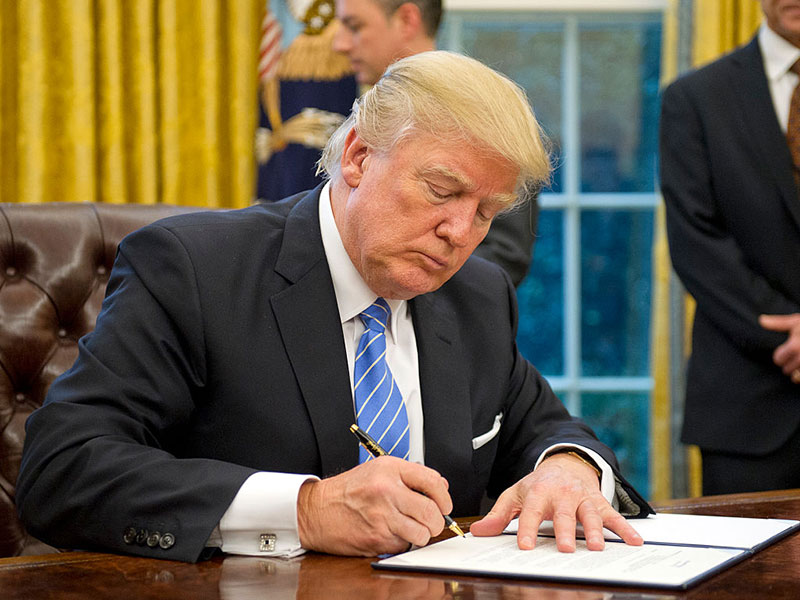
On January 23, newly appointed US President Donald Trump signed an executive order to scrap the Trans Pacific Partnership (TPP), bringing an end to the US’ long held commitment to free trade. By terminating the pact, Trump is making good on his ‘America First’ campaign, through which he vowed to block multilateral trade agreements in favour of brokering bipartisan deals in the US’ interest.
The deal ultimately held the potential to become a single market comparable to the EU
The ambitious 12-nation trade deal – negotiated by Barack Obama – covered 40 percent of the world’s economy, including Mexico, Australia, Japan and Malaysia, but notably excluded China. The partnership was the cornerstone of the Obama administration’s signature ‘pivot to Asia’ foreign policy initiative, and was broadly acknowledged as a framework that empowered the US to write the rules of trade in the region.
The partnership, which was negotiated in 2015, involves a complex web of trade regulations with the stated aim of providing shared benefits to member states, including increased growth and improved economic ties. The new trade rules include heavy reductions in tariffs, as well as measures to promote labour, intellectual property and environmental standards. The deal ultimately held the potential to become a single market comparable to the EU.
Trump’s announcement was, perhaps unsurprisingly, met by broad condemnation from the leaders involved in the heavy negotiation process. New Zealand Prime Minister John Key said: “The United States is not an island. It can’t just sit there and say it’s not going to trade with the rest of the world, and at some point it will have to give some consideration to that.”
The decision also garnered criticism from members of the Republican party, which has long pursued a free trade agenda. John McCain, the Republican senator from Arizona, said: “[Scrapping the deal] will create an opening for China to rewrite the economic rules of the road at the expense of American workers… and it will send a troubling signal of American disengagement in the Asia-Pacific region at a time we can least afford it.”
However, disapproval was not unanimous, as the deal had attracted criticism from both political parties. Trump’s Democratic rival, Hilary Clinton, had also criticised the TPP, while senator Bernie Sanders released a statement immediately after the executive order was signed, stating: “I am glad the Trans Pacific Partnership is dead and gone… [multilateral trade deals] have cost us millions of decent-paying jobs and caused a ‘race to the bottom’ which has lowered wages for American workers.”
By signing the executive order, Trump has reinforced the protectionist stance adopted during his presidential campaign, which promised to take a more aggressive approach to trade policy. During the campaign, Trump argued: “[The TPP presents] a mortal threat to American manufacturing… [and marks the] biggest betrayal in a long line of betrayals where politicians have sold out US workers.”


